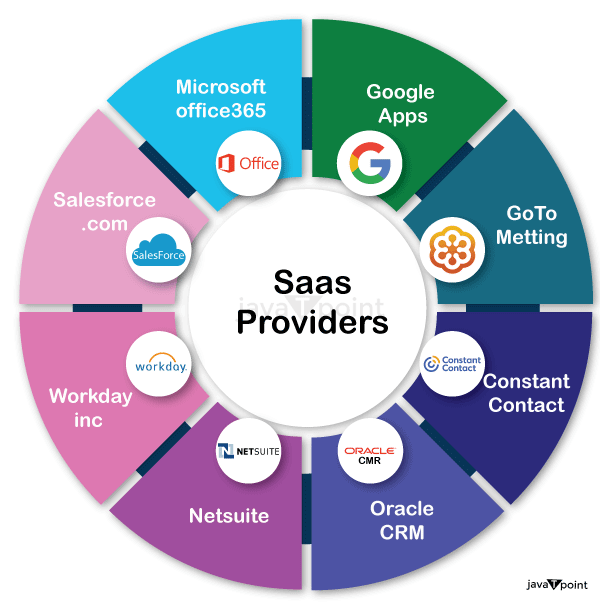SaaS (Software as a Service)
What is SaaS (Software as a Service)?
Definition:
“SaaS (Software as a Service)” is a cloud-based software delivery model where applications are hosted by a third-party provider and made available to customers over the internet. Instead of purchasing and installing software on individual devices, users access SaaS applications via web browsers, paying for subscription-based usage or on a pay-as-you-go basis. SaaS solutions cover a wide range of functionalities, including productivity tools, customer relationship management (CRM) systems, project management platforms, and enterprise resource planning (ERP) software.
Analogy:
Think of SaaS as a streaming service for software. Just as streaming platforms deliver movies, TV shows, and music to users on-demand without the need for physical copies or downloads, SaaS delivers software applications to users instantly over the internet, offering flexibility, scalability, and convenience.
Further Description:
SaaS operates on a multi-tenant architecture, where a single instance of the software application serves multiple users or customers simultaneously, each with their data and configurations securely segregated. Users access the application through web browsers or dedicated client interfaces, enjoying automatic updates, scalability, and accessibility across various devices and locations.
Key Characteristics of SaaS:
- Subscription-based Pricing: SaaS applications are typically offered on a subscription basis, where users pay recurring fees for access to the software and its features.
- Centralized Management: SaaS providers handle infrastructure management, maintenance, security, and updates, relieving users of the burden of software maintenance and support.
- Scalability and Flexibility: SaaS solutions offer scalability to accommodate varying user demands and business needs, allowing organizations to scale up or down as required without significant upfront investment.
- Accessibility and Collaboration: SaaS applications are accessible from any internet-connected device, enabling seamless collaboration and remote work capabilities across distributed teams and locations.
- Automatic Updates and Maintenance: SaaS providers roll out updates, patches, and enhancements automatically, ensuring users have access to the latest features and security enhancements without manual intervention.
Why is SaaS Important?
- Cost-Efficiency: SaaS eliminates the need for upfront hardware and software investments, offering predictable subscription-based pricing models that align with operational budgets.
- Accessibility and Convenience: SaaS applications can be accessed from any location with internet connectivity, promoting flexibility, mobility, and remote work arrangements.
- Rapid Deployment and Scalability: SaaS solutions can be deployed quickly and scaled up or down based on business requirements, enabling organizations to adapt to changing market conditions and user demands.
- Innovation and Competitive Advantage: SaaS providers continuously innovate and enhance their offerings, empowering businesses with access to cutting-edge technologies, features, and functionalities without the need for in-house development or infrastructure investments.
Examples of SaaS Applications:
- Salesforce: A cloud-based CRM platform for managing customer relationships, sales pipelines, and marketing campaigns.
- Microsoft 365 (formerly Office 365): A suite of productivity tools including Word, Excel, PowerPoint, and Outlook, accessible online with collaborative features.
- Zoom: A video conferencing and collaboration platform for virtual meetings, webinars, and remote communication.
Key Takeaways:
- SaaS (Software as a Service) delivers software applications over the internet on a subscription basis, offering flexibility, accessibility, and scalability.
- Users access SaaS applications via web browsers or client interfaces, enjoying automatic updates, centralized management, and remote accessibility.
- SaaS promotes cost-efficiency, accessibility, rapid deployment, and innovation, driving digital transformation and enabling businesses to stay competitive in a rapidly evolving landscape.
Table of Contents





